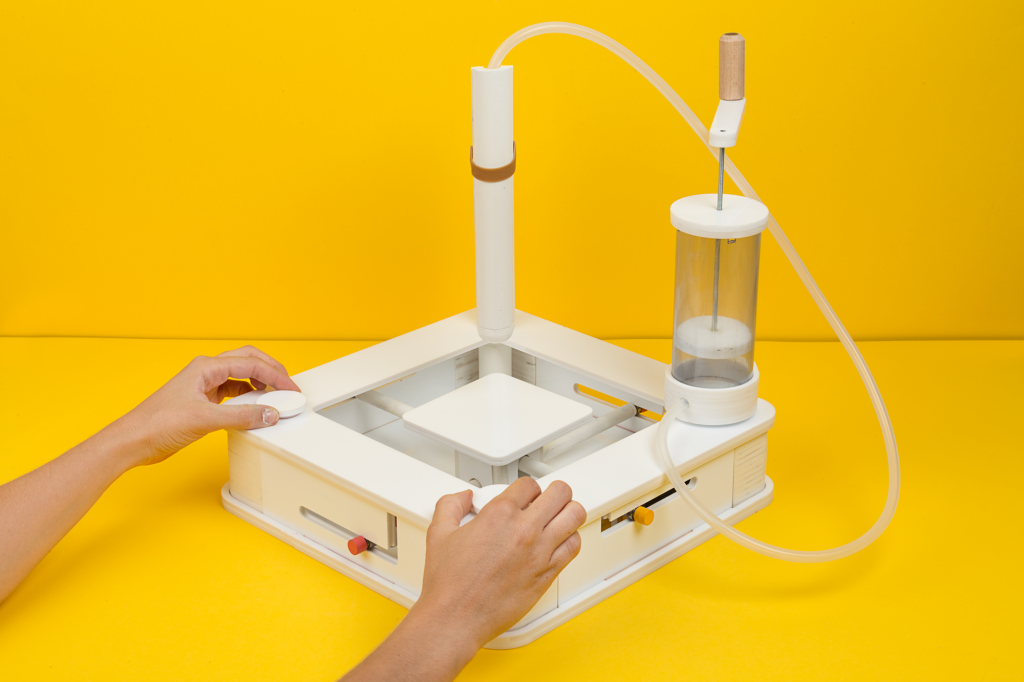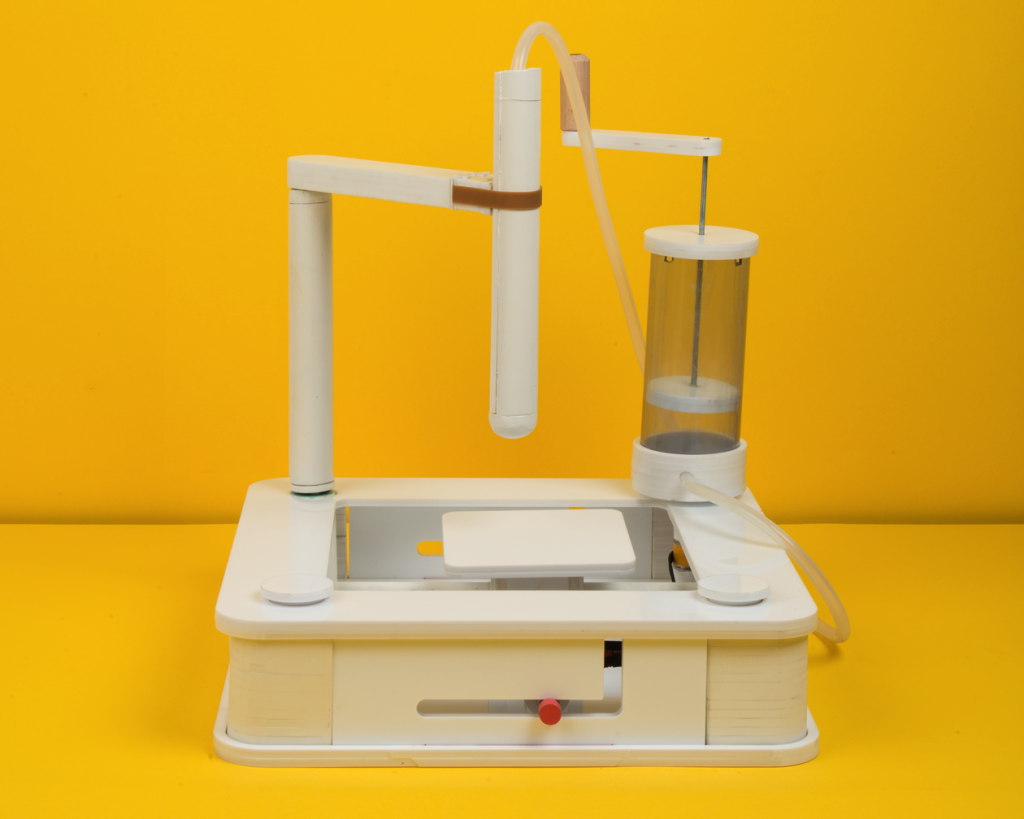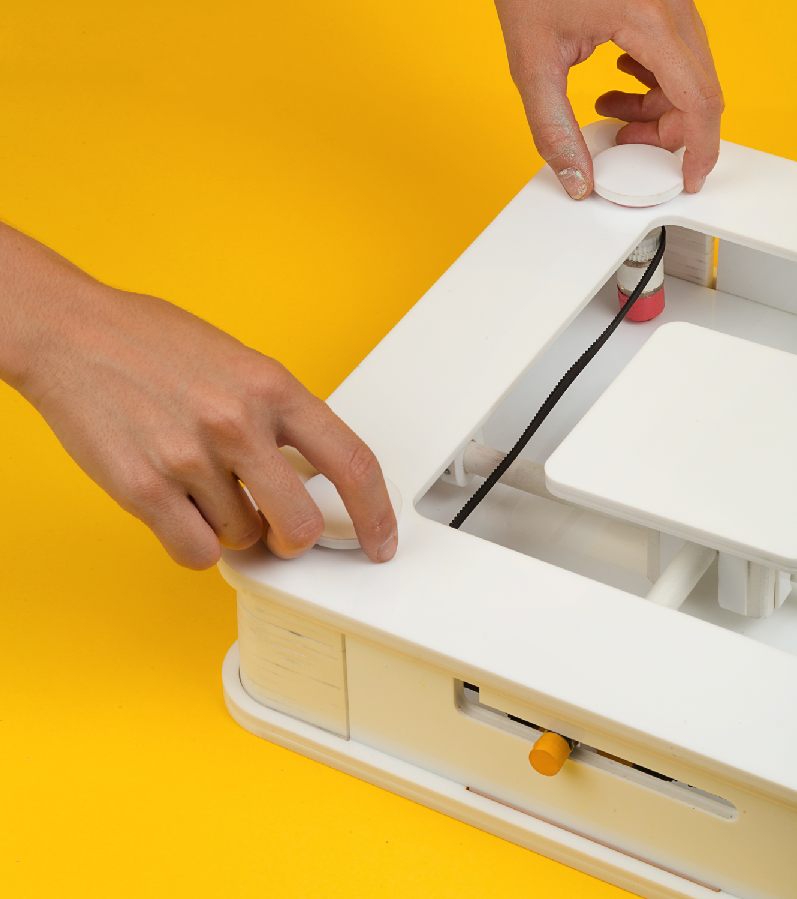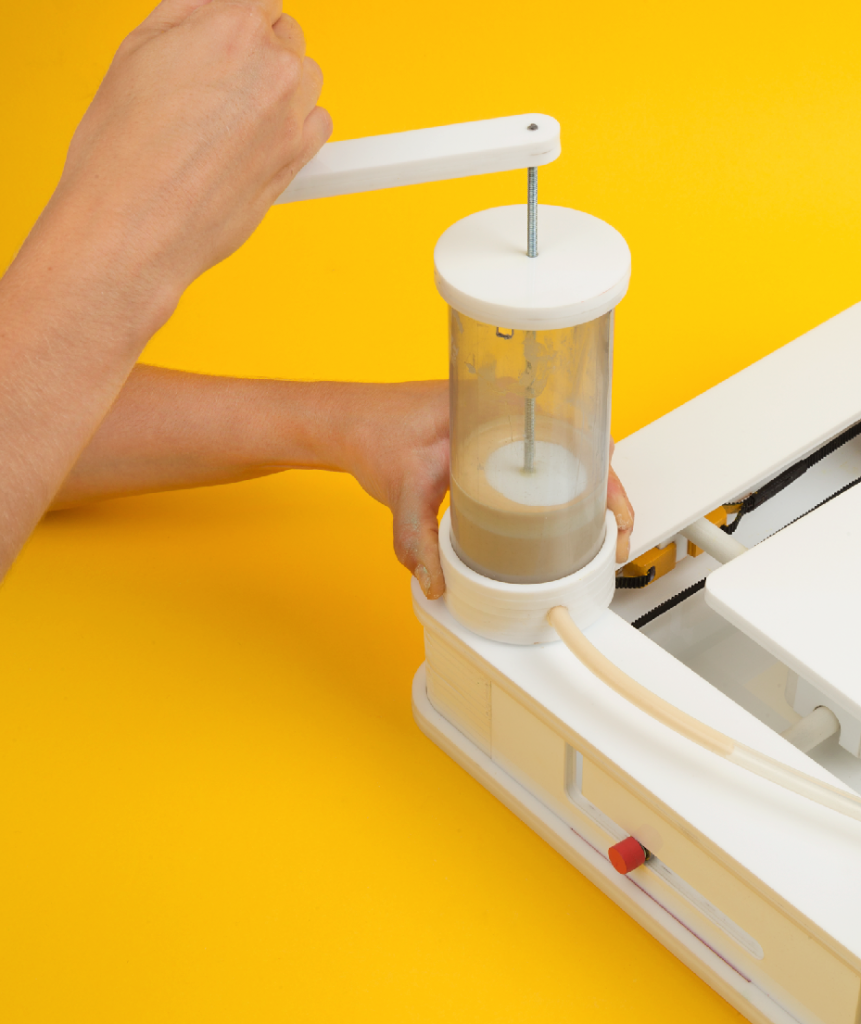 Today we live in a world which is filled with technology. From the cellular phones that we use on a daily basis, to the computers on our desks, LED TVs on our walls, and the automobiles that get us to school or work every morning, most of us take this technology for granted, and the majority of us don’t even understand how these devices and machines function. How exactly does a cell phone allow us to instantly call, text, or email virtually anyone on the planet in a matter of seconds? How can a computer solve problems faster than the human brain? In school, kids use computers on an everyday basis to learn new things, do their homework and communicate with peers. However, most students have no idea what the inside of a computer looks like or how they actually work.
Today we live in a world which is filled with technology. From the cellular phones that we use on a daily basis, to the computers on our desks, LED TVs on our walls, and the automobiles that get us to school or work every morning, most of us take this technology for granted, and the majority of us don’t even understand how these devices and machines function. How exactly does a cell phone allow us to instantly call, text, or email virtually anyone on the planet in a matter of seconds? How can a computer solve problems faster than the human brain? In school, kids use computers on an everyday basis to learn new things, do their homework and communicate with peers. However, most students have no idea what the inside of a computer looks like or how they actually work.
This was a problem for one young woman, named Irene Ródenas, specifically when it comes to 3D printers. Irene, a Barcelona-born product designer, just recently finished up her design studies, and will soon start the Interface Culture Master Program in Linz, Austria. Having worked alongside her mentor, Raúl Nieves, in his FabLab called Faboratory, Irene began to gain a strong interest in 3D printing technology, but also came to a realization that she felt needed to be addressed.
“Throughout my research as a beginner maker, I began to work more within the areas of educational technologies and I kept asking myself whether children, who grow alongside these technologies know exactly what they are doing, if they completely understand which mechanisms are behind it all, or if they are just simply building as they go along as a cause of this rapid increase in making, building and obtaining fast results,” Irene told 3DPrint.com.
With this question in mind, Irene set out to develop a “Low-Tech” 3D printer called Andi. Unlike the desktop 3D printers we currently see on the market, Andi is much different. The idea behind Andi is not to create elaborate computer generated products, but rather to teach kids how 3D printers work in general.
“Andi tries to question the relationship between learning and new technologies by playing through a collaborative activity,” Irene tells us. “This project stems from the necessity of bringing these technologies closer to children with the idea of trying to get them to comprehend and learn the mechanisms behind a machine like a 3d printer, right from the deconstruction to the construction of it and later its functionality.”
That’s right. Andi is a 3D printer which kids build and deconstruct themselves, and then once constructed can utilize it to print out objects using a large variety of different materials which include things such as plasteline, clay or even food. It’s a manual process though — one which requires a hand crank in order to pump the materials through an extrusion tube and out of the printer’s nozzle. The X, Y and Z axes function like a typical cartesian style 3D printer, except for the fact that these movements are also controlled manually, using knobs and connectors to move in various directions.
“Andi is a low tech 3D printer understood as an interactive and collaborative game,” says Irene. “It is defined as a game which is constructed from beginning to end so that kids understand all of the technicality behind the machine or in this case the 3d printer. This machine works with a manual experience: the first part is building Andi by using the pieces and a colour code with the objective of kids understanding where each piece goes and why.”
While kids won’t be 3D printing highly detailed functional products, they will, by the time they are finished, almost completely understand the mechanics that go into building and using a basic 3D printer, as well as how the printers themselves function.
Andi is a final degree project, and Irene tells us it is still considered a work in progress. There remain a few technical details which have not yet been solved, but Irene plans on continuing its development, getting all of the mechanics perfected and ultimately producing a fully functioning prototype.
“My intention is to take Andi as far as possible, both at a concept level and as a machine,” she tells us. “I believe in this project and for that reason I want to make the most of it.”
What do you think about this unique idea? Will this lead to the development of better “makers” in the future? Will the the idea of teaching kids the mechanics of 3D printers ultimately lead to better engineered machines in the future? Discuss in the Andi forum thread on 3DPB.com. Check out the video showing the Andi 3D printer in action below.
Subscribe to Our Email Newsletter
Stay up-to-date on all the latest news from the 3D printing industry and receive information and offers from third party vendors.
You May Also Like
Further Understanding of 3D Printing Design at ADDITIV Design World
ADDITIV is back once again! This time, the virtual platform for additive manufacturing will be holding the first-ever edition of ADDITIV Design World on May 23rd from 9:00 AM –...
3D Printer Maker EVO-tech Reborn as NEVO3D — Once More With Feeling
EVO-tech was a 3D printing service and original equipment manufacturer established in 2013 and based in Schörfling am Attersee, Austria. The company produced high-quality material extrusion systems featuring linear bearings,...
3D Systems Brings 3D Printed PEEK Cranial Implant to the U.S. with FDA Clearance
For more than 10 years, 3D Systems (NYSE:DDD) has worked hand-in-hand with surgeons to plan over 150,000 patient-specific cases, and develop more than two million instruments and implants from its...
CDFAM Returns to Berlin for Second Annual Symposium
The second CDFAM Computational Design Symposium is scheduled for May 7-8, 2024, in Berlin, and will convene leading experts in computational design across all scales. Building upon the first event...



































